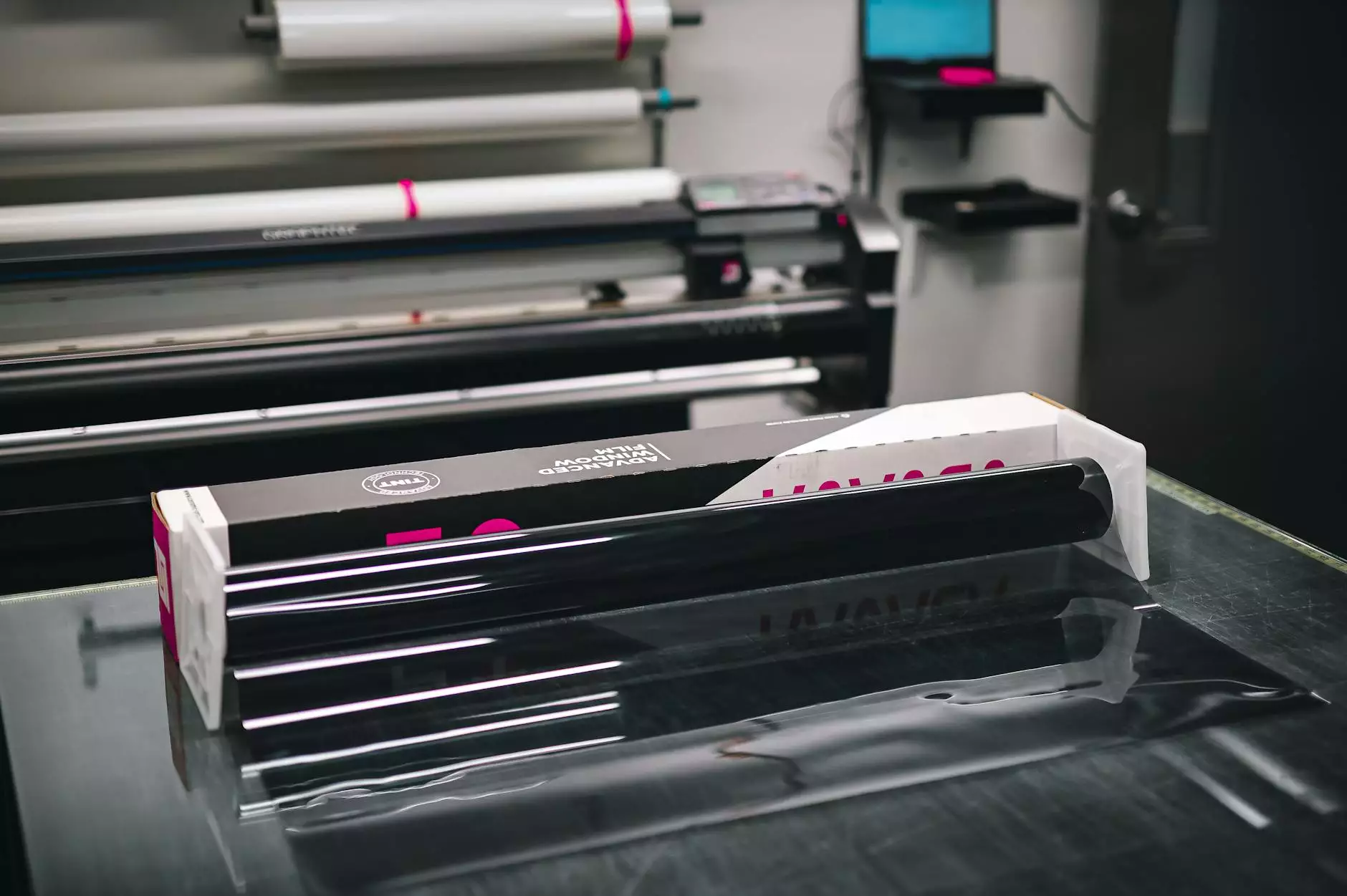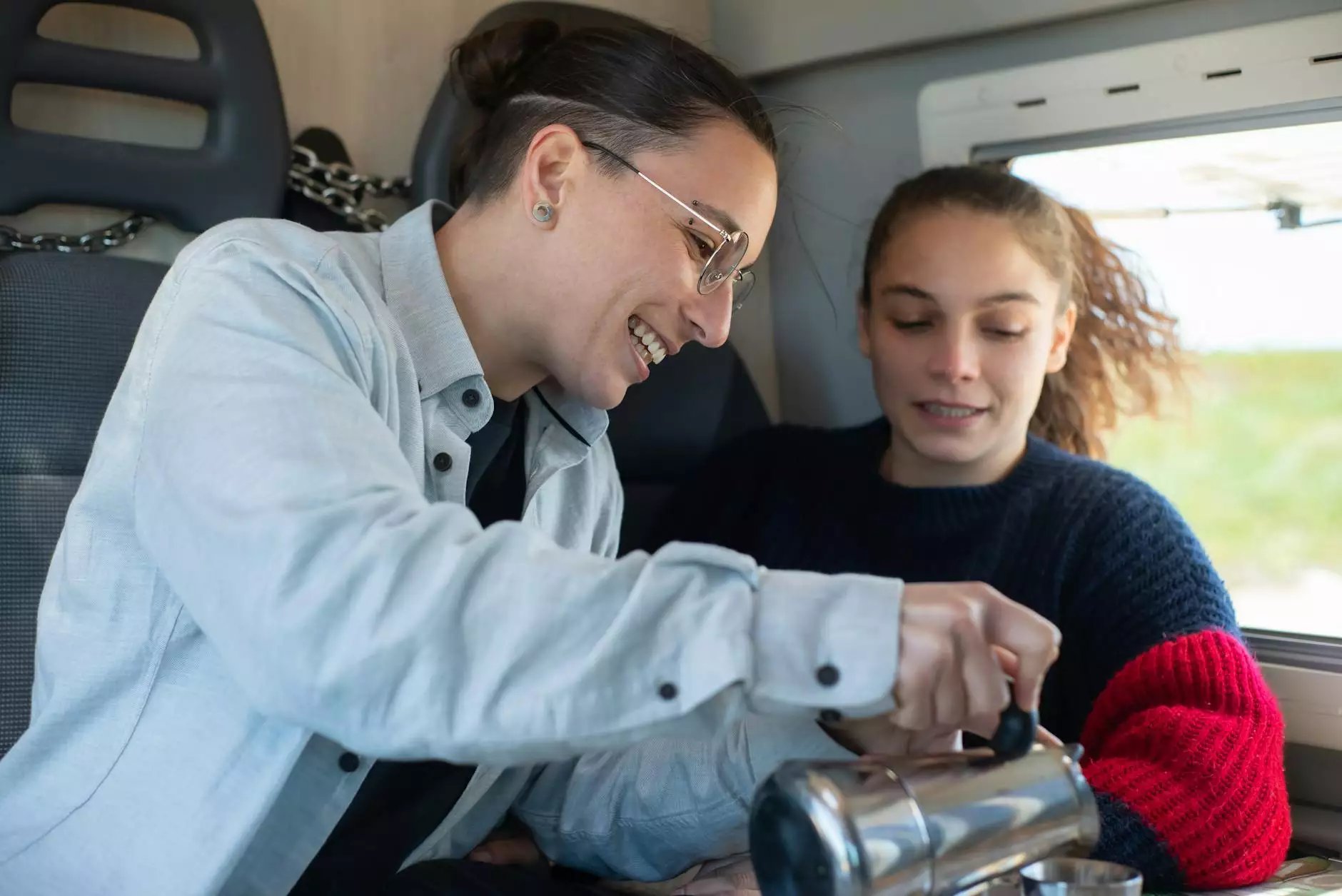Early Signs of a Blood Clot: What You Need to Know

Blood clots can be life-threatening if not detected and treated promptly. Understanding the early signs of a blood clot is crucial for your health and well-being. In this article, we will explore the various signs to look out for, risk factors, preventative measures, and the importance of seeking professional medical advice. Whether you are at risk or simply want to educate yourself, this comprehensive guide will provide you with the essential information needed to identify and respond to potential blood clots.
What is a Blood Clot?
A blood clot is a mass of blood that has changed from a liquid to a gel-like state. This natural process occurs to seal wounds and stop bleeding. However, clots can form inside blood vessels even when there is no injury, leading to serious health complications. When a clot obstructs blood flow in the veins, it can cause a deep vein thrombosis (DVT). If a part of the clot dislodges, it could travel to the lungs, causing a pulmonary embolism, which is a medical emergency.
Early Signs of a Blood Clot
Recognizing the early signs of a blood clot can be critical in preventing severe complications. Here are key symptoms to watch for:
1. Swelling in One Limb
One of the most noticeable signs of a blood clot is swelling in one leg or arm. This occurs due to the accumulation of fluid caused by the blockage of blood flow. If you notice one limb swelling disproportionately compared to the other, seek medical attention immediately.
2. Pain or Tenderness
A blood clot may manifest as a persistent ache or tenderness in the affected limb. This discomfort can feel like a cramp or soreness and may increase when standing or walking. If you experience unexplained pain in your leg, especially if accompanied by swelling, it is essential to consult a healthcare professional.
3. Changes in Skin Color
Another early sign may include changes in the skin’s appearance. The area affected by a blood clot might appear redder or warm to the touch. If you notice any discoloration, particularly combined with the other symptoms mentioned, it is critical to seek medical advice.
4. Increased Warmth
If the skin over the area with the clot feels warmer than the surrounding skin, this could indicate an underlying issue. This additional heat often accompanies swelling and pain, further signaling that something is wrong.
5. Shortness of Breath
While this symptom is more significant when discussing pulmonary embolism, it’s vital to mention that if you are experiencing unexpected shortness of breath or rapid breathing, you should seek emergency assistance. This could indicate that a blood clot has traveled to your lungs.
Risk Factors for Developing Blood Clots
Understanding the risk factors that contribute to blood clots can help you take preventative measures. Some common risk factors include:
- Prolonged immobility: Sitting for extended periods, such as during long flights or drives, can increase clotting risk.
- Recent surgery: Post-operative patients are at higher risk, especially those who have undergone orthopedic surgeries.
- Family history: A family history of blood clots can elevate your risk.
- Obesity: Excess weight can add pressure to the veins, increasing the likelihood of clots.
- Hormonal changes: Hormone therapy, pregnancy, and birth control pills can influence clotting risks.
Preventative Measures
While not all blood clots are preventable, you can adopt certain practices to reduce your risk:
1. Stay Active
Regular physical activity helps improve circulation and can significantly lower your risk of clotting. Aim to engage in at least 30 minutes of moderate exercise most days of the week.
2. Move During Long Trips
If traveling for long periods, try to get up and move around every hour, or at least perform leg exercises to stimulate blood flow.
3. Maintain a Healthy Weight
Keeping your weight in check through diet and exercise can diminish your risk of developing blood clots due to obesity-related complications.
4. Stay Hydrated
Dehydration can thicken your blood, making it more prone to clotting. Ensure you drink plenty of fluids, especially during hot weather or while exercising.
When to Seek Medical Help
If you suspect you or someone you know is exhibiting the early signs of a blood clot, it is essential to act quickly. Here are instances when you should seek immediate medical attention:
- Sudden swelling or pain in one leg or arm
- Difficulty breathing or rapid heart rate
- Chest pain or discomfort
- Coughing up blood or having a feeling of impending doom
Recognizing these symptoms early can save a life. Blood clots can occur without warning and progress quickly, so don’t hesitate to seek help.
Diagnosis and Treatment
Upon experiencing symptoms, a healthcare provider may conduct several tests, including:
- Ultrasound: This non-invasive test uses sound waves to create images of the blood flow in veins.
- D-dimer test: Measures the presence of a substance in the blood released when a blood clot breaks up.
- CT or MRI scans: These imaging tests can provide a clearer picture of blood clots, especially those that have traveled to the lungs.
Treatment options vary depending on the severity and location of the blood clot. Common treatments include:
1. Anticoagulants
Also known as blood thinners, these medications help prevent new clots from forming and keep existing clots from getting larger.
2. Thrombolytics
In severe cases, a specialist may administer thrombolytic agents to dissolve clots quickly, especially in life-threatening situations.
3. Compression Stockings
These can be prescribed to improve blood flow in the legs and help prevent future clots.
Conclusion
Understanding the early signs of a blood clot is integral to your overall health. By being vigilant and proactive about your vascular health, you can potentially save your life or the life of someone you love. Always consult with healthcare professionals like those at Truffles Vein Specialists for expert advice and treatments tailored to your needs. Your health is worth it!









